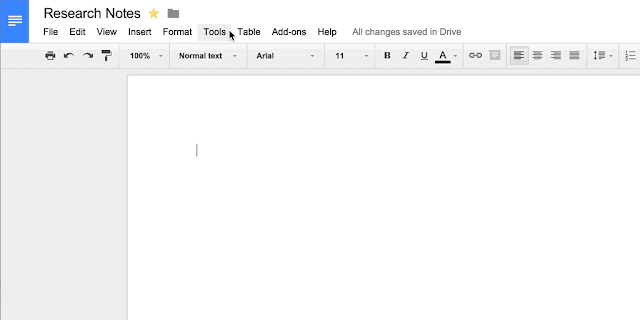(Cross-posted on the Google for Work Blog.)
Editor's note: We’re jumping into our Delorean to explore how some of our favorite historical figures might have worked with Google Apps. Today, in gaji of National Breast Cancer Awareness Month, we imagine how Marie Curie’s discovery of radioactivity, which won a Nobel Prize and revolutionized modern cancer treatment, might have played out in a Google Apps universe.
Consider what Marie Curie accomplished in the face of adversity and with few resources. Despite being refused a place at the French Academy of Sciences and almost denied her first Nobel Prize for being a woman, she continued her work undeterred, securing a second Nobel Prize in Chemistry and developing methods for treating cancer with radiation therapy. To celebrate her, we explore how she might have worked in a different time — by using some of the tools we use today.
The radioactivity in Curie’s lab was so strong that it harmed her health — archivists today still use protective gear to handle her Security Key for 2-step verification along with password protection. This would ensure that she was the only one who had complete access to all of her work (she may even have thrown on a screen protector to shield her work from spying eyes on the train). To share the right documents with only the right people, Marie could have used sharing controls to give different groups access to relevant research.
Even Marie Curie could have been the victim of seemingly neverending reply-all email threads. With Gmail, she could have avoided these distractions by muting the message so responses are automatically archived. For example, Curie could have muted the message from her Sorbonne colleagues who abused “reply all” in RSVP emails or broke out into a physics debate, letting her focus on important emails only.
Marie Curie accomplished award-winning work, even without access to the most advanced lab technology of the time. It’s humbling to consider that despite any limitations she encountered, Curie’s pioneering work in radioactivity remains so relevant today as we continue to make advances in not just physics and chemistry but also engineering, biology and medicine, including cancer research, on the basis of her discoveries.




0 Komentar untuk "Looking Back At Marie Curie’S Radical Discovery: How The Mother Of Modern Physics Might Have Used Google Apps"